Discover 7 of the Most Spectacular Art Deco Restaurants in Paris
Celebrate the centennial of the glamorous era at these bars and brasseries across the City of Light
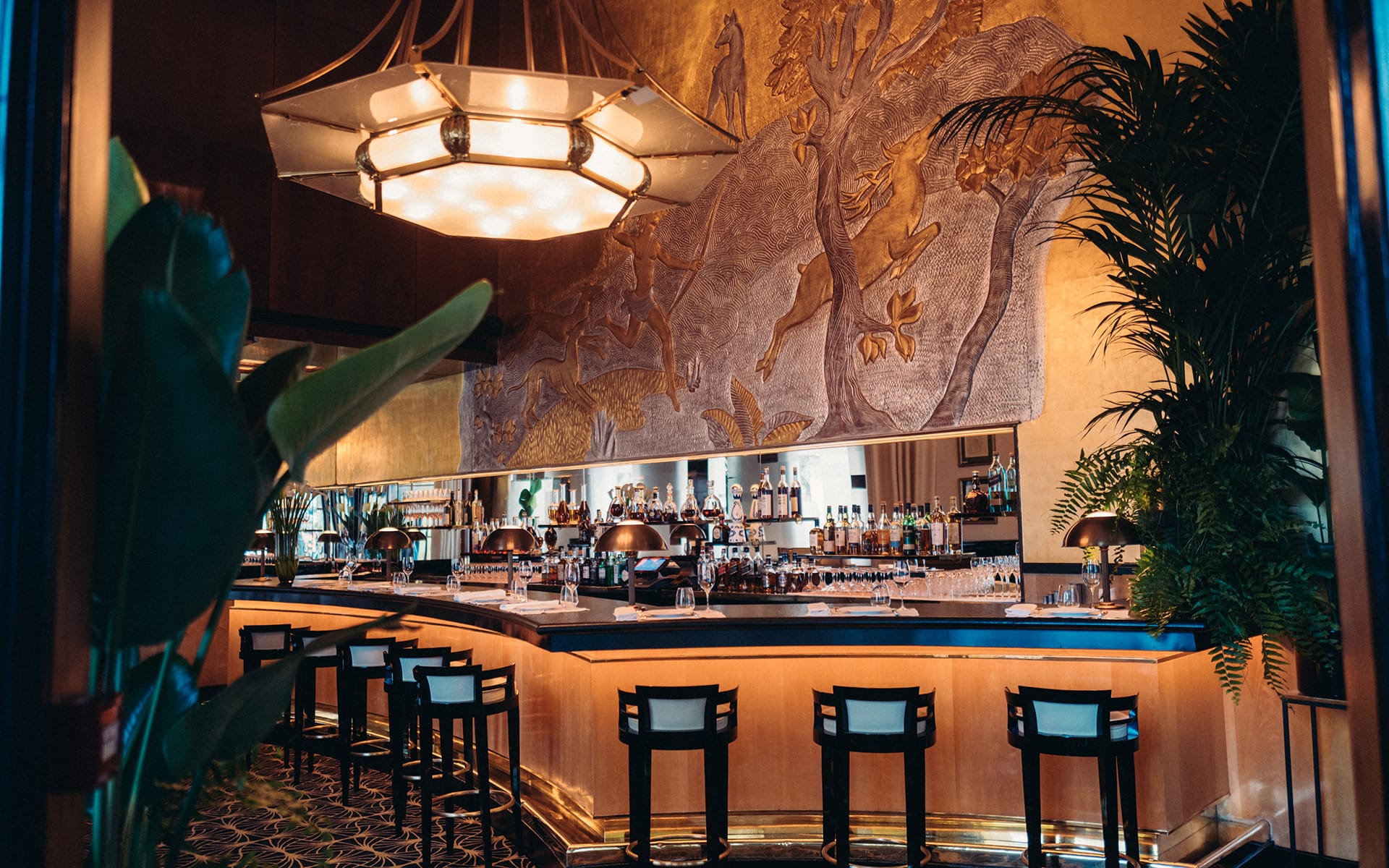
Design styles constantly shift and sometimes it can take a century for a look to fall back into fashion—which is the case for Art Deco, celebrating its centennial this year with a much-welcome revival. Influenced by Art Nouveau, Cubism, and the Bauhaus, the Art Deco movement with its sleek lines and geometric shapes represented modernity and progress post-war when the concept officially debuted to the public in 1925 at Paris’s month-long International Exhibition of Modern Decorative and Industrial Arts.
Coinciding with the Jazz Age, Paris infused Art Deco elements like ancient Egyptian and sunburst motifs into the architecture of cabarets, cinemas, department stores, swimming pools, and restaurants—which quickly became the meeting ground for the creative community. Below, find some of the City of Light’s most impressive Art Deco haunts where everyone from Ernest Hemingway to Édith Piaf once gathered (and performed).
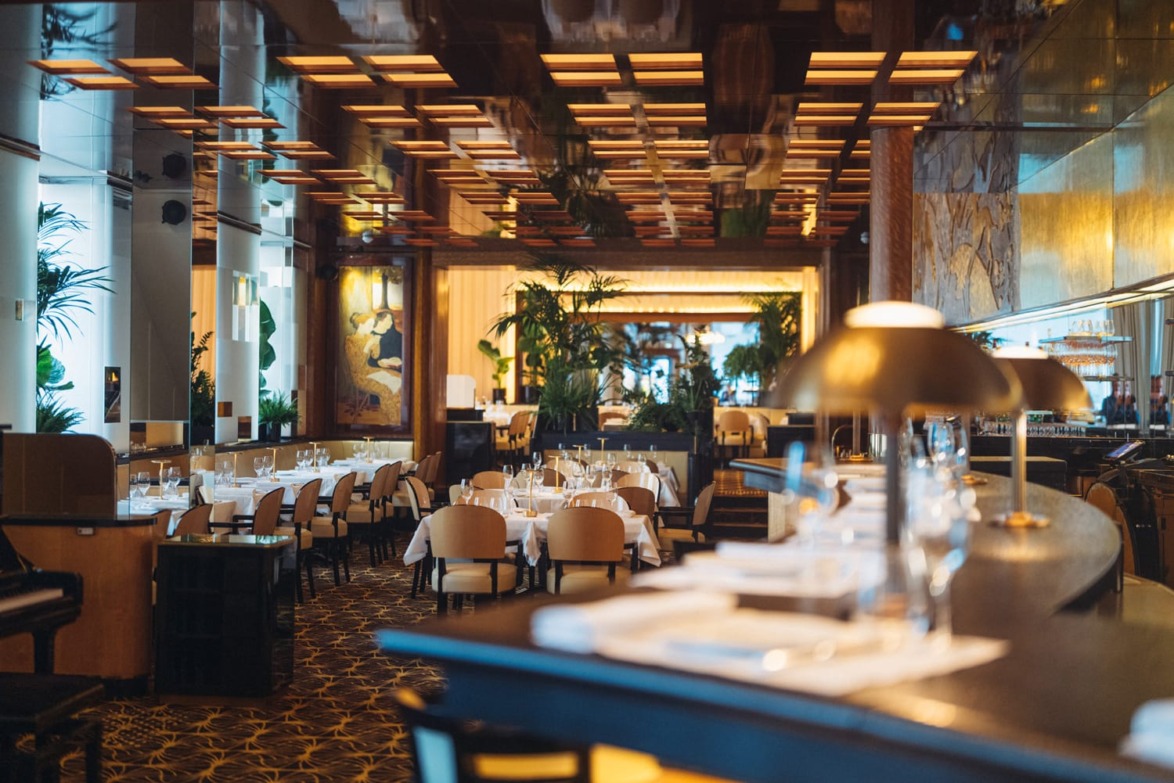
1. Le Relais Plaza at Hôtel Plaza Athénée
One of the few Art Deco dining rooms left in Paris today, Le Relais Plaza’s 1930s decor was inspired by the first-class dining hall of French ocean liner SS Normandie, considered the grandest of its time. The original Diane Chasseresse (Roman goddess Diana the Huntress) bas-relief extends high behind the bar and is one of the restaurant’s highlights, along with Lalique’s cascading, brass-encased chandelier and engraved zodiac stained glass. The classic brasserie fare is also a nod to the restaurant’s historic past, as well as an homage to celebrated French chef Jean Imbert’s grandmother’s cooking, with dishes like sea bream gratin 1962 and his grandmother’s terrine 1951.
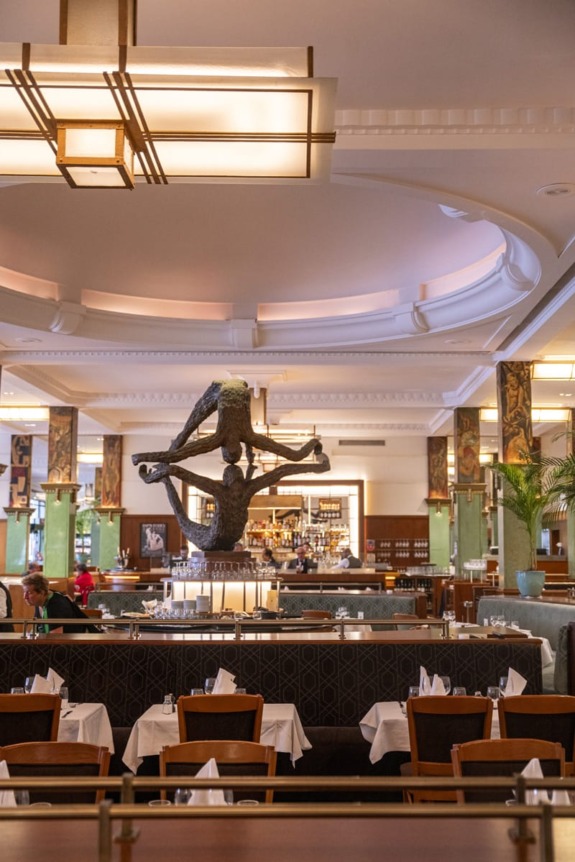
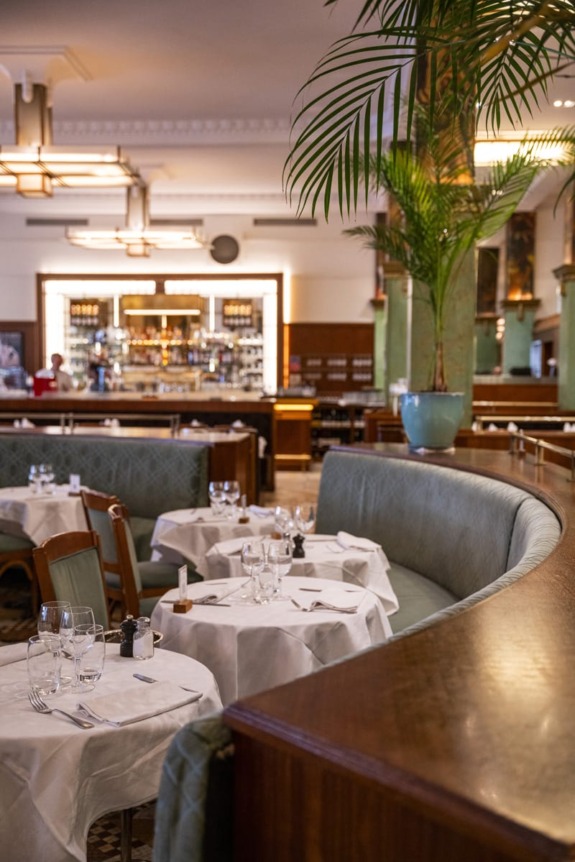
2. La Coupole
Cafe culture defined Montparnasse in the roaring twenties, when artists, actors, and intellectual elite like Jean Cocteau, May Ray, Simone de Beauvoir, and Jean-Paul Sartre held court in the 14th arrondissement’s brasseries like La Coupole. Immortalized in Hemingway’s memoir A Moveable Feast, La Coupole is a Jazz Age time capsule with its Cubist fresco-covered columns (the work of artists like Marc Chagall and Louis Latapie), beveled mirrors, geometric lamps, and mosaic floors. The subterranean dance hall was once a favorite of Joséphine Baker, who performed with her pet cheetah, the diamond collar-clad Chiquita, and today pays tribute to the Années Folles with monthly burlesque evenings.
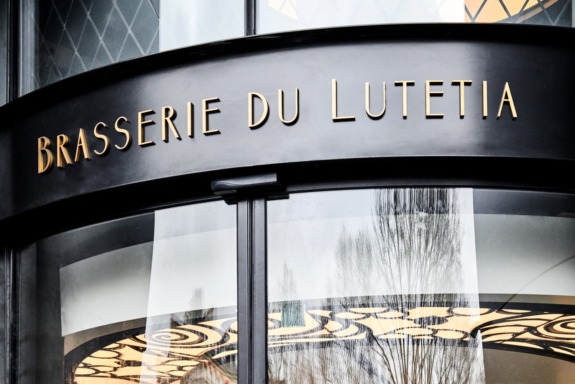
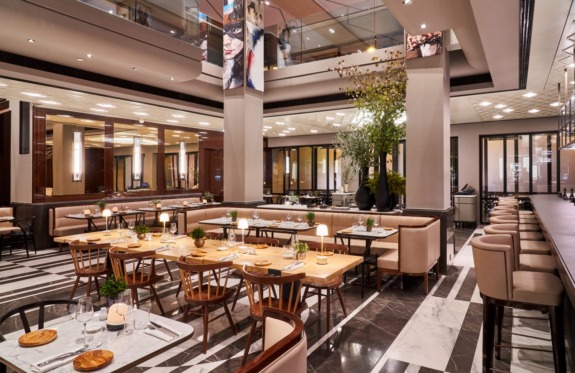
3. Brasserie Lutetia at Hôtel Lutetia
The landmark Hôtel Lutetia on the Rive Gauche embraces elements of Art Nouveau in its elegant, curved facade adorned with ornate sculptings of cherubs and grape clusters, while blending aspects of Art Deco at neighborhood favorite Brasserie Lutetia, where the outdoor terrace spills onto the well-heeled Boulevard Raspail, where neighbors include Hermès and Le Bon Marché. Marble is everywhere, from the brasserie tabletops to the horseshoe-shaped seafood bar, where diners have a front-row seat watching as decadent seafood platters are being prepped.
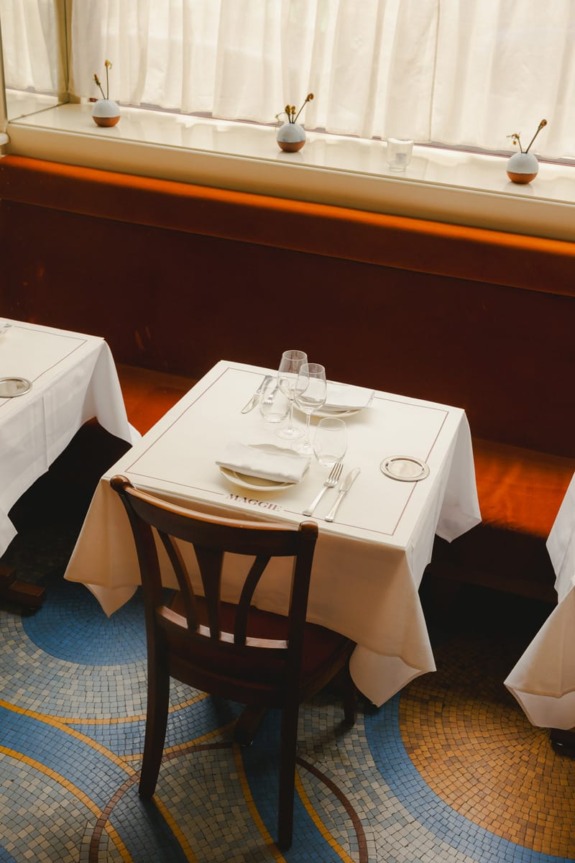
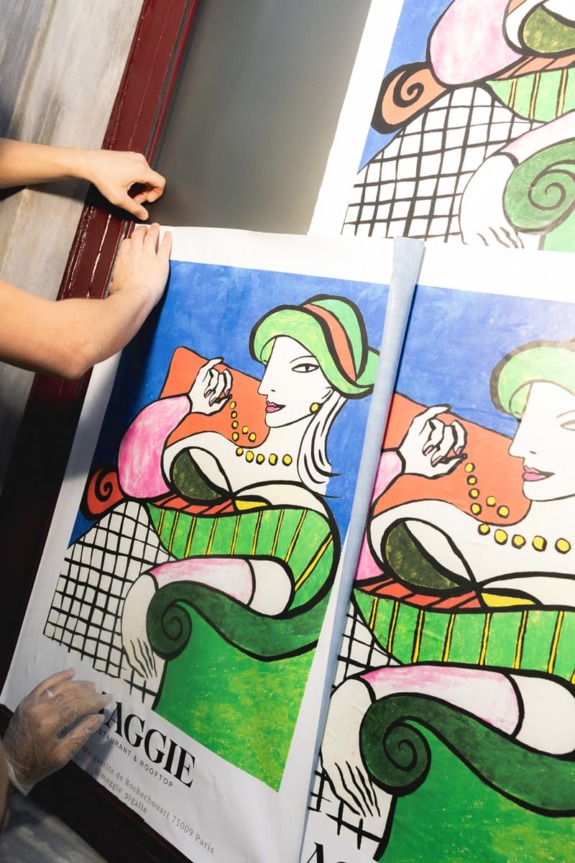
4. Maggie at Hôtel Rochechouart
Hôtel Rochechouart, a gilded, Art Deco gem in the former red-light district of Pigalle, is where legendary singer Édith Piaf once performed in the basement bar, which was brought back to life as Le Mikado when the Orso team took over a few years ago. The design stays loyal to the hotel’s 1930s bones with a mix of brass, chestnut-colored wood, and marble throughout, but proof of its Jazz Age past is best seen at the recently redubbed street-level restaurant Maggie, which maintains its original, blue-tiled mosaic floors and plush, brasserie-style red banquettes.
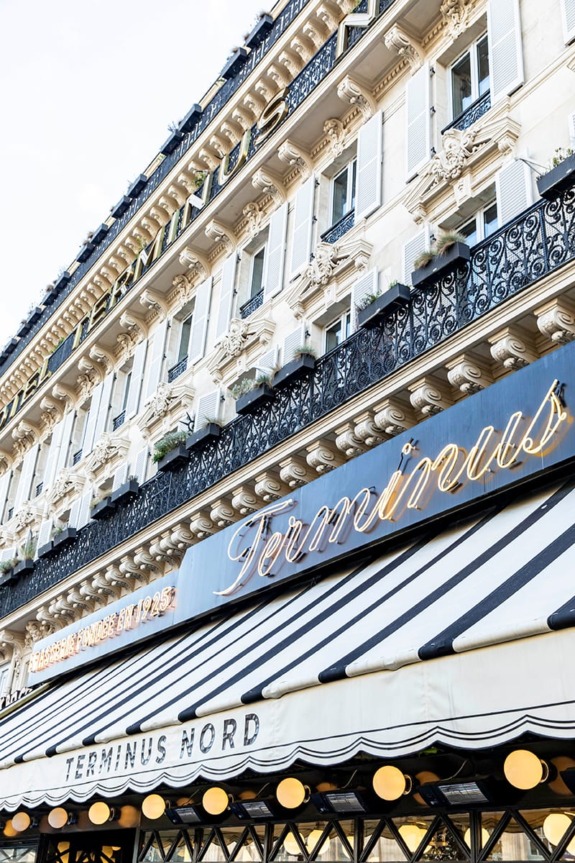

5. Terminus Nord
The 1920s-era Terminus Nord sits across from the bustling Gare du Nord and is one of the best-preserved examples of Art Deco in Paris’s culturally diverse 10th arrondissement. The cursive, neon sign still crowns the entrance of the time-trapped brasserie with its well-worn leather banquettes, globe light fixtures, disco ball-inspired mirrored columns, and touches of brass. Seafood is the highlight here, so order one of the tiered platters of oysters and prawns alongside classic French fare like escargots and foie gras or a hearty classic like the signature vol-au-vent, puff pastry stuffed with sweetbreads, morel mushrooms, and poultry.
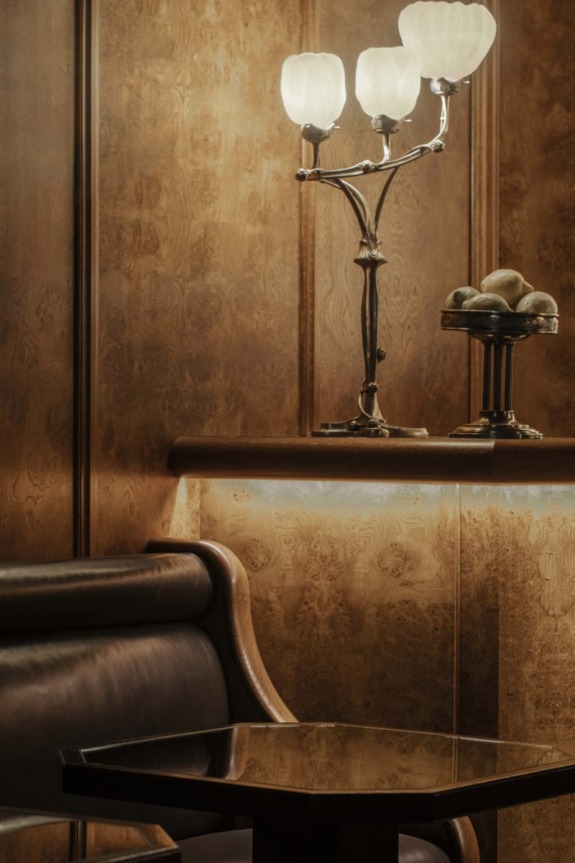
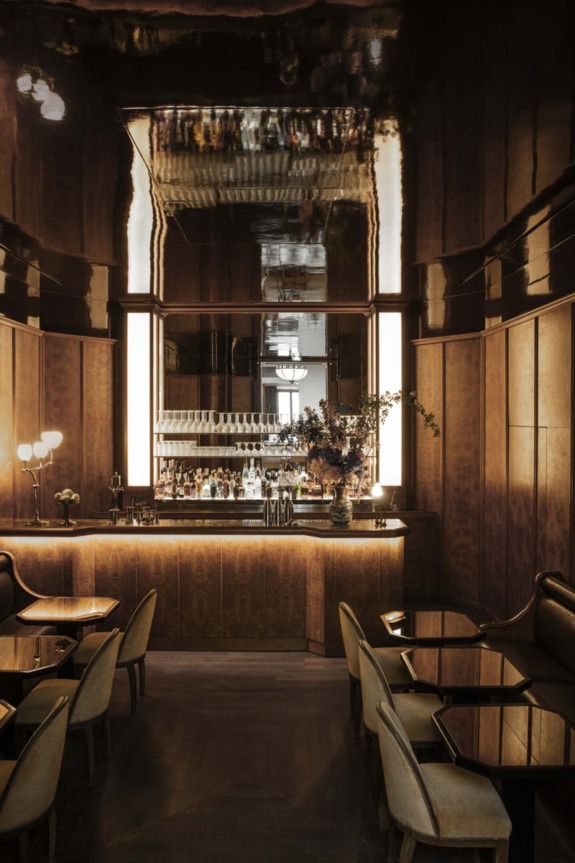
6. Balzac Bar
Housed in a turn-of-the-century building near the Champs-Élysées where French novelist and playwright Honoré de Balzac (behind La Comédie Humaine) once lived, recently opened Hôtel Balzac infuses touches of modernity with decor inspired by the 1930s and ‘40s. The glass-roofed lounge conceals a jewel box of a bar designed to feel like a Parisian speakeasy with warm, oak-paneled walls, a glossy lacquered ceiling, and mirror-topped tables where you can sample a selection of Petrossian caviar while sipping Balzac-themed cocktails.
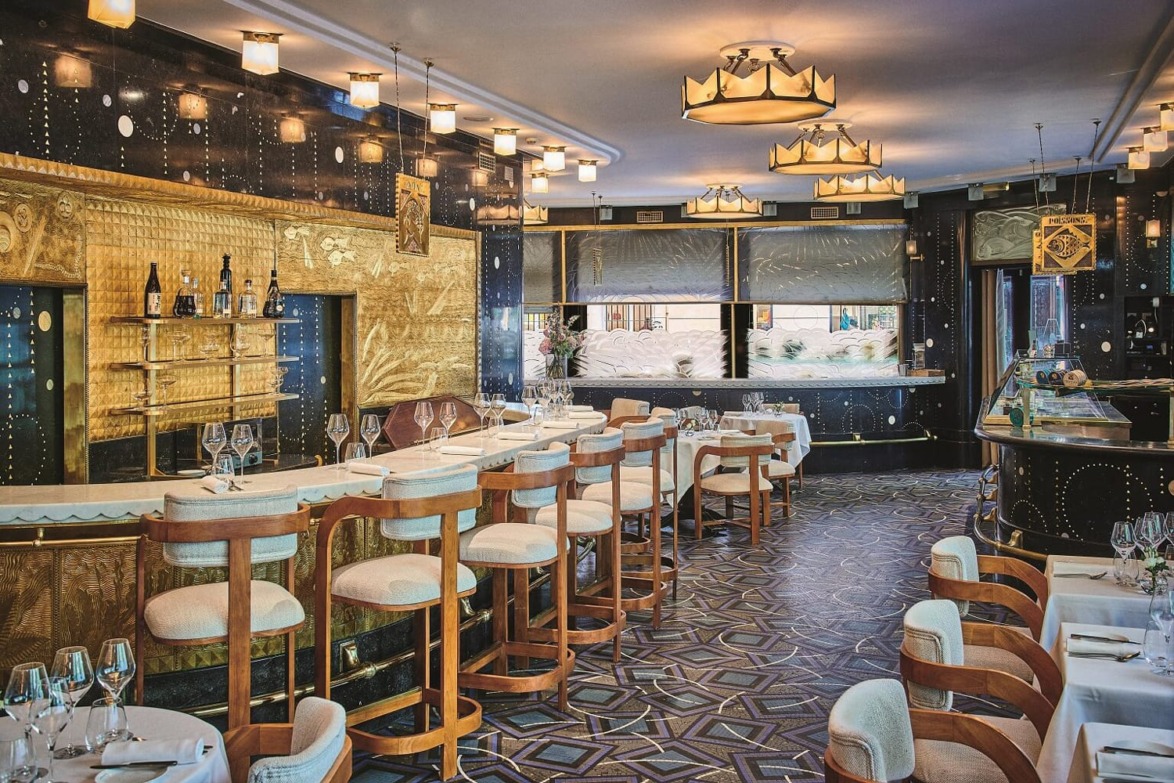
7. Prunier par Yannick Alléno
Haute French caviar house Prunier’s restaurant on Avenue Victor-Hugo, behind the Arc de Triomphe, is an Art Deco relic preserving the work of some of the top sculptors, artists, and mosaicists of the era. Credited with inventing the oyster bar and claiming to be the first to serve champagne by the glass, the reincarnated Prunier par Yannick Alléno—instantly recognizable thanks to its teal mosaic facade of sunburst semicircles—has been remodeled and modernized, with freshened-up frescoes, moldings, and fabrics by haute, family-run maison Pierre Frey. One signature that has stood the test of time: the Original Christian Dior egg, expertly poached and swimming in caviar cream.